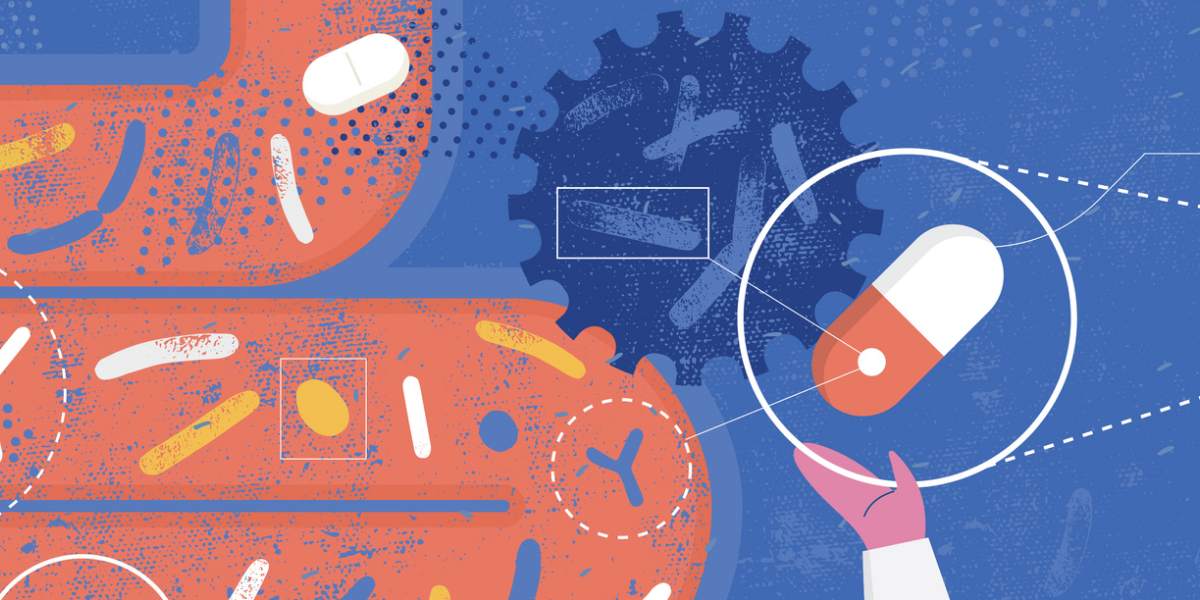The muscular system is made up of around 650 muscles and account for around half of the weight of our body.
As well controlling the movement of our body, they also control the movements of organs such as the bladder and intestines.
The muscles need fuel to operate and take in glucose from our blood, thus playing in the regulation of our blood sugar levels.
Skeletal muscles
Our skeletal muscles are voluntary muscles meaning our thoughts dictate which muscles contract and whe, thus allowing us walk or ru, write or type and play sports or music.
Muscles work by contracting, that is they shorten and become more compact. Our biceps work by contracting which folds the forearm closer the upper arm.
The biceps cannot move the arm the other way but they can relax and allow the triceps, on the opposite side of the upper arm, to contract and straighten the arm.
As well as controlling our movement, the skeletal muscles are able to generate heat helping us to maintain body temperature.
Smooth muscles
Smooth muscles are muscles which are controlled by our nerves without us having to think about it.
These involuntary muscles are found in our arteries, veins, within the bladder and within our intestines.
If diabetes damages the nerves of these muscles, it can cause problems.
For example, if the smooth muscles of the bladder are affected, this may lead to incontinence or being unable to urinate.
Cardiac muscle
The cardiac muscles control the beating of our heart and have to work constantly through our life to keep us alive.
The cardiac muscle can also be affected by diabetes. If the nerves that control the beating of the heart become damaged, beating of the heart can be disrupted, resulting in irregular heart beats or even heart failure.
The heart can also be affected if blood vessels of the cardiac muscle become blocked (atherosclerosis).
How diabetes affects the muscles
The muscles play a notable role in the regulation of blood sugar levels.
With the help of insulin, the muscles can draw in glucose from the blood, lowering blood sugar levels
When the body does not have enough insulin in the blood, it means glucose within the blood cannot get into muscle cells to fuel them.
Over time, the lack of glucose can lead to muscle cells atrophying (dying) and therefore loss of muscle mass.
Statins and muscle pain (myalgia)
Statins are commonly prescribed for people with diabetes with high levels of cholesterol. Muscle pain is one of the more commonly reported side effects of statins and may affect up to 1 in 10 people who take statins.
If you experience muscle pain, visit your GP who can help to investigate the cause and solutions.
- Read more on side effects of statins






